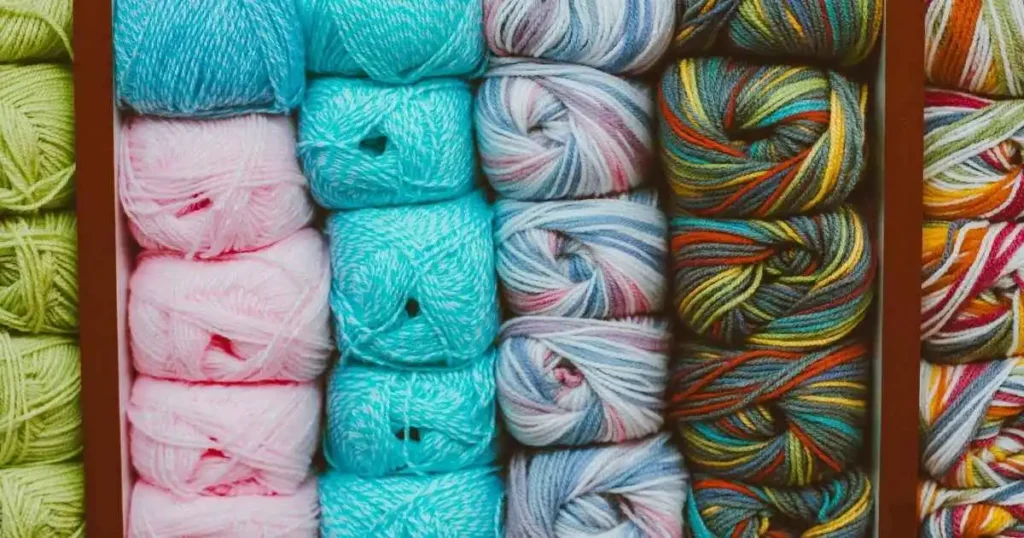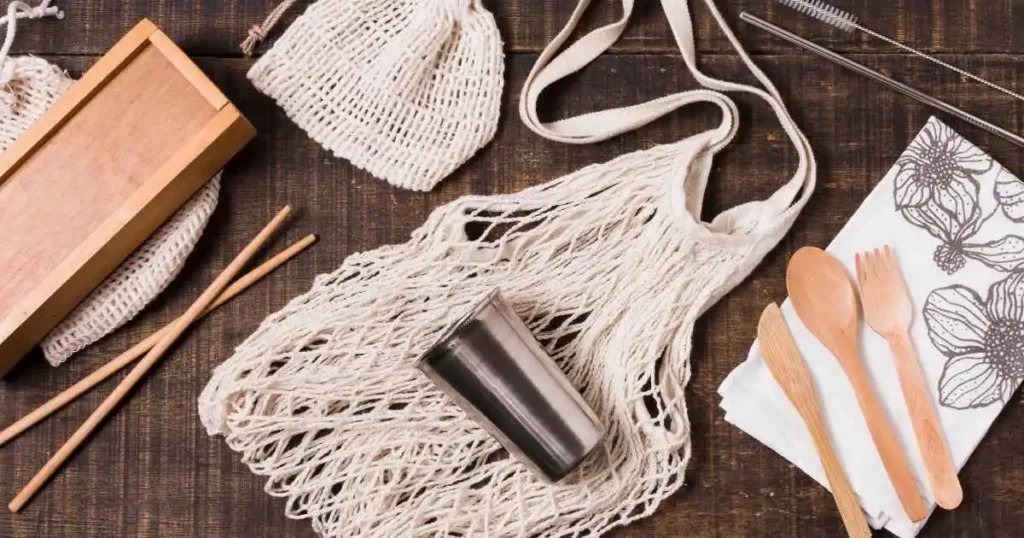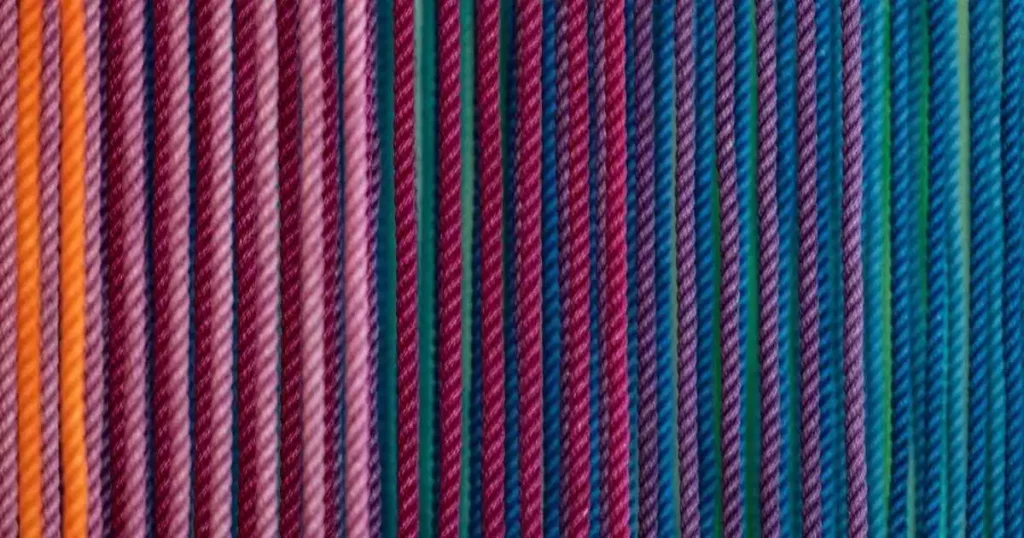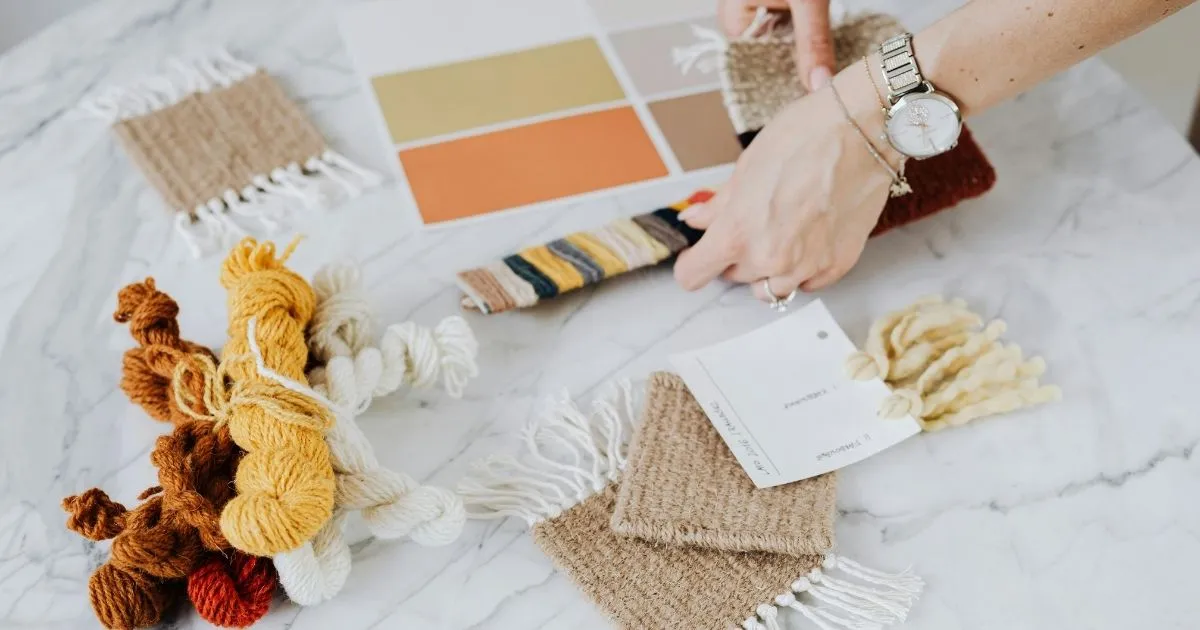Fiber and Fabric Ideas: Inspiring Textiles for Everyday Creativity
A Thread That Connects Us All
Fiber and Fabric Ideas; Have you ever wrapped yourself in a quilt and felt more than just warmth? Perhaps it reminded you of someone special or took you back to simpler times. Fiber and fabric are not just materials—they’re emotional connectors. They form the background of your most personal moments: the blanket you were swaddled in, the first outfit you ever loved, the tablecloth passed down for generations.
You’re likely here because you appreciate textiles, whether as a creative outlet or a conscious lifestyle choice. This guide explores innovative, sustainable, and practical fiber and fabric ideas that you can use in your everyday life. Whether you’re into crafting, sewing, or fashion design, you’ll find useful inspiration here.

Understanding the Basics: What Are Fiber and Fabric?
Natural vs. Synthetic Fibers
Understanding the building blocks of fabric begins with knowing your fibers.
Natural Fibers:
- Cotton – Soft, breathable, and widely used.
- Wool – Warm, elastic, and perfect for cooler climates.
- Silk – Luxurious and smooth.
- Hemp – Durable and eco-friendly.
- Linen (Flax) – Lightweight and moisture-wicking.
- Bamboo – Hypoallergenic and sustainable.
Synthetic Fibers:
- Polyester – Durable, wrinkle-resistant.
- Nylon – Lightweight and elastic.
- Acrylic – Warm and wool-like.
- Spandex (Lycra) – Known for its stretch.
Pro Tip: Natural fibers are generally more breathable and biodegradable, while synthetics offer performance characteristics such as elasticity and moisture resistance.
| Fiber Type | Source | Breathability | Sustainability | Common Uses |
| Cotton | Plant-based | High | Moderate | T-shirts, bedding |
| Polyester | Petroleum | Low | Low | Sportswear, upholstery |
| Wool | Animal-based | High | High | Sweaters, blankets |
| Nylon | Synthetic | Moderate | Low | Stockings, activewear |
Innovative Fiber and Fabric Ideas for Creative Projects
Sustainable Fiber and Fabric Ideas
If you’re looking to reduce your footprint, consider incorporating these sustainable materials into your next project:
- Upcycled Denim: Turn old jeans into bags, baskets, or even quilts.
- Organic Cotton Tote Bags: Design your own shopping bags that are both eco and fashion-friendly.
- Hemp Wall Hangings: Craft rustic, earthy decor for your home.
- Banana Fiber Accessories: Create wallets or clutch purses using this biodegradable alternative.
- Cork Fabric for Fashion: Waterproof and vegan, perfect for wallets or journal covers.
DIY Fabric Ideas for Home and Fashion
Here are some hands-on ideas to get your creative juices flowing:
- Patchwork Throw Blankets: Combine different fabric types and patterns for a cozy, personalized result.
- Fabric-Covered Journals: Add style to your stationery with scrap fabric.
- Hand-Dyed Scarves: Use turmeric, indigo, or beetroot for natural dyeing.
- Zero-Waste Fashion Patterns: Design clothes with minimal fabric waste.
- Quilting with Stories: Stitch memories or timelines into each patch.

Trends in Fabric Design and Fiber Innovation
Smart Textiles and Tech Integration
Technology is transforming the textile world:
- Wearable Sensors: Health-monitoring shirts and jackets.
- Heated Clothing: Embedded fibers that provide warmth.
- Color-Changing Threads: React to heat or UV light.
Biodegradable and Eco-Friendly Innovations
The market is shifting toward environmental responsibility:
- Piñatex: Pineapple leaf-based leather alternative.
- Mycelium Fabric: Mushroom roots grown into leather-like sheets.
- Recycled Polyester: Made from PET bottles, reducing plastic waste.
Emerging Market Preferences
- More people like you are choosing handmade over fast fashion.
- Artisan and local textiles are gaining popularity.
- There’s a growing demand for transparency in fiber sourcing.
Choosing the Right Fiber for Your Project
Functionality and Purpose
Before selecting fabric, ask yourself:
- Will the item endure frequent use?
- Does it need to be breathable or water-resistant?
- Is flexibility important?
Texture and Feel
The feel of a fabric can transform a project:
- Silk for smoothness
- Linen for crispness
- Jute for rusticity
Checklist: What to Consider When Selecting a Fabric
- Is it suitable for the weather?
- How much care does it require?
- Is it sustainable?
- What is your budget?

Fabric Combinations That Work Wonders
Mixing Textures for Depth
Combining fabrics can elevate your design:
- Wool + Silk: Cozy with a luxe finish
- Cotton + Lace: Casual yet romantic
- Denim + Leather: Rugged and modern
Color Theory and Fabric
Understanding how colors work together is key:
- Stick with monochromatic schemes for elegance.
- Use complementary colors for bold statements.
- Create earth-tone palettes with natural dyes.
Maintenance and Care of Different Fibers
Cleaning Tips by Fiber Type
- Wool: Hand-wash or dry-clean only.
- Cotton: Machine-washable; durable.
- Silk: Use gentle detergents and air dry.
Storage and Longevity Tips
- Store fabrics in cool, dry places.
- Use lavender or cedar to deter moths.
- Roll delicate fabrics instead of folding.
Conclusion: Weaving Creativity into Everyday Life
Your relationship with fiber and fabric is more meaningful than you might think. Whether you’re piecing together a quilt from old clothes or experimenting with banana fiber, you’re part of a growing movement toward sustainability, creativity, and self-expression.
Let this guide be your launchpad. Try something new. Mix wool and silk. Dye a scarf with beetroot. Choose fabrics that reflect who you are and what you believe in.
Every stitch you make tells a story. What will yours say?
Frequently Asked Questions (FAQ) about Fiber and Fabric Ideas
What is the best fabric for beginners in sewing?
Cotton is an excellent choice for its ease of handling and affordability.
What are eco-friendly fiber and fabric ideas for sustainable living?
Look into organic cotton, hemp, bamboo, and even recycled materials like denim and polyester.
How can I naturally dye fabric at home?
Use items like turmeric, beetroot, onion skins, and black beans. Each gives unique, earthy colors.
Which fabrics are breathable for hot weather?
Cotton, linen, and bamboo stand out for their breathability and moisture control.
Can different fibers be mixed in one project?
Yes! Mixing fibers can create texture, contrast, and improved functionality.

